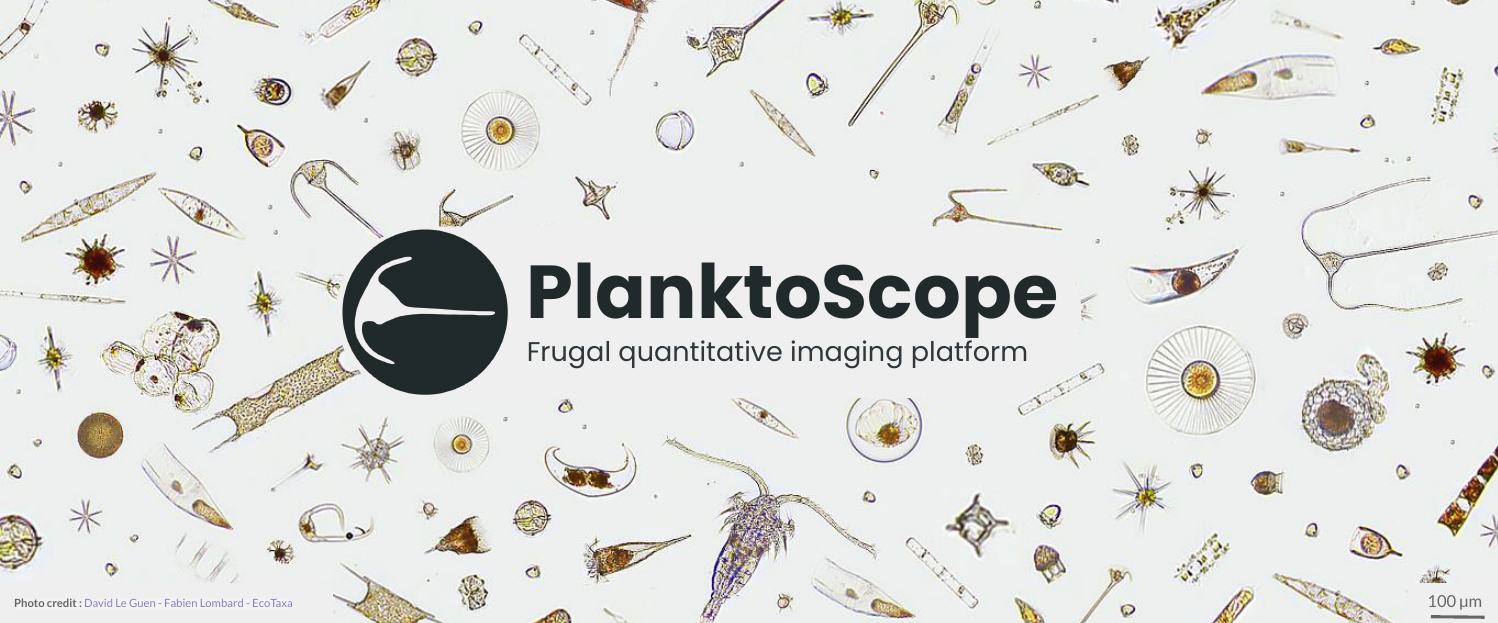2.8 KiB
Open and frugal modular imaging platform for citizen oceanography
What are Plankton?
"Drifting endlessly, midway between the sea of air above and the depths of the abyss below, these strange creatures and the marine inflorescence that sustains them are called 'plankton' — the wanderers" - Rachel Carson
Helping fix 30-50% of the worlds carbon dioxide and providing the foundation of a global food chain, plankton comprise the largest daily movement of biomass in the world as they traverse the oceans. The shapes, colors, and movements of these billions of creatures are as vast as the seas that sustains them. Understanding plankton is crucial to understanding the world around us, and the effect we have on that world. A hurdle for this type of study has been the sheer scale of area to explore, and the limited resources of research fleets and specialized equipment. By developing a way to scale up high quality visual exploration and documentation we can greatly increase our understanding of the complicated web of life around us, and how we are in turn impacting it.
What is a PlanktoScope?
The PlanktoScope is an open-source, affordable imaging platform for citizen oceanography. It's built around a Raspberry Pi, a couple of HATs, some stepper motors and a few centimeters of silicon tubes. Its cost is at about $800 in parts.
The goal of the PlanktoScope is to allow citizen to engage in scientific programs, either at sea or onshore. You can use the PlanktoScope to image the different species of Plankton living in a body of water.
The build and use documentation
You can find here more information about how to build your own PlanktoScope.
Setup
- How to setup your PlanktoScope the easy way
- How to setup your PlanktoScope the hard way (also known as the Expert's path)
- Some information about how to setup a remote access
Build your machine
Usage
Under the hood
- Software Development
- MQTT Messages
- Create Master SD Card or backup your PlanktoScope
- How does the segmentation works (soon)
Changelog
Contribute
- Find out how to contribute to this documentation and help edit it
- Contribute to the code, here is the getting started

